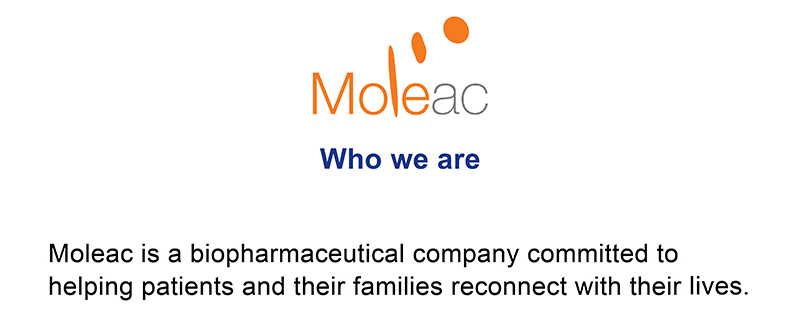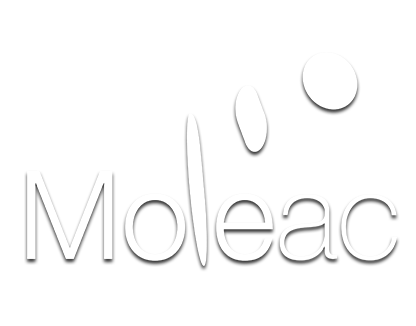

Our society thrives on using artificial intelligence (AI) and the health industry is no exception. As technology develops, new programs and algorithms have emerged to treat all types of conditions.
AI has become a major tool in helping those affected by strokes. New AI breakthroughs are helping in all areas of stroke care from diagnosis to rehabilitation. So how is AI used in these areas?


One of the things that AI has helped tremendously in recent years is in diagnosing and treating patients who are in the midst of struggling with a stroke. This comes in several platforms.
New algorithms are constantly being developed to help spot where a stroke is first happening. In some cases, software algorithms can spot and recognise when the facial muscles are out of alignment.1 This detection of facial spasms can trigger an alert on a smartphone that a stroke is occurring. These can work with blood pressure software and biometric health apps to measure blood pressure and heart rate to aid in a speedy diagnosis.
At hospitals, new software algorithms give physicians and emergency doctors much more accurate diagnoses and streamline the correct treatment options. For example, there are specialized algorithms that can accurately work out the size of an aneurysm in the brain and react with CT and MRI scans to give doctors an idea of what they are working with.2 This helps give accurate diagnoses and helps doctors prepare the most appropriate treatments.
Meanwhile, some British hospitals are using AI to collate all the information gathered by the scans as they come in and recommend treatments to physicians.3 The system, known as Brainomix, can suggest actions quickly such as performing a thrombectomy, using thrombolytics or other treatment methods to save a patient. These systems can slash treatment times by over 12 hours giving the patient a better chance of surviving a stroke and improving their prognosis.


AI is not just for use in the emergency room. It also plays a key role in the management of strokes at home, especially during the rehabilitation stage.4 AI can be used to help within all forms of rehabilitation – from physical therapy to speech therapy.
In physical rehabilitation scenarios, AI can be programmed to mimic limb movements and help patients regain their motor skills.5 These robotic aids can be programmed to look at a patient’s movements in real-time and see their limits. From there it can then develop, suggest and aid in suitable exercises to help a patient train a particular muscle to respond in a certain way. Therefore, it accelerates the process by which new pathways in the brain are created to send messages to the muscles helping to naturally stimulate neuroplasticity.
In speech therapy, AI can be programmed to help pronounce sounds and words phonetically and replay them back to patients struggling with their speech.6 One can use visual aids and cues to show mouth positions to improve lip movement while also using audio to help patients put sounds, words, and eventually sentences together.


AI programs are also being leveraged to help predict the likelihood of long-term risk of a stroke occurring in a person’s lifetime. Health apps have the algorithms and software to record and measure data daily.7 This looks at risk factors and vital signs such as blood pressure, oxygen levels and weight to keep an eye out for warning signs. Having all this data in one place can then suggest what someone can do to help minimize the risk of a stroke and lead a healthier lifestyle.
AI is constantly evolving and cutting-edge AI will help more and more physicians by providing real-time decision support in interpreting brain scans that help inform decisions for stroke patients. This will allow more patients to receive the right treatment, in the right place, at the right time, giving them the best chance of a full recovery. This technology also allows stroke specialists to access scans and images securely and remotely meaning they can do their jobs efficiently while helping other hospitals provide world class stroke care.
Innovation is inspiration
Follow us on social media!
References:
1. Ding, L., Liu, C., Li, Z., & Wang, Y. (2020). Incorporating Artificial Intelligence Into Stroke Care and Research. Stroke, 51(12), e351–e354.
2. How AI is saving lives in stroke and other neurovascular care. Healthcare IT News, 2022.
3. AI has helped to triple stroke recovery in England, EuroNews.next, 2022.
4. New AI-based system aims to facilitate the rehabilitation process for stroke patients, News Medical Life Sciences, 2023.
5. Tampa General Hospital AI Rehab stroke therapy, Tampa Bay Times, 2022.
6. AI powered speech app giving voices back, SR Times Stroke rehab, 2023.
7. Reducing the Risk of Heart Strokes with AI: How Artificial Intelligence is Revolutionizing Cardiovascular Care,LinkedIn Article, 2023.

Contact: [email protected]
This document does not constitute the practice of medical consultation nor medical advice.
Always seek the advice of your treating physician and/or specialist.
All Rights Reserved by Moleac Pte Ltd, Helios #09-08, 11 Biopolis Way, Singapore 138667

